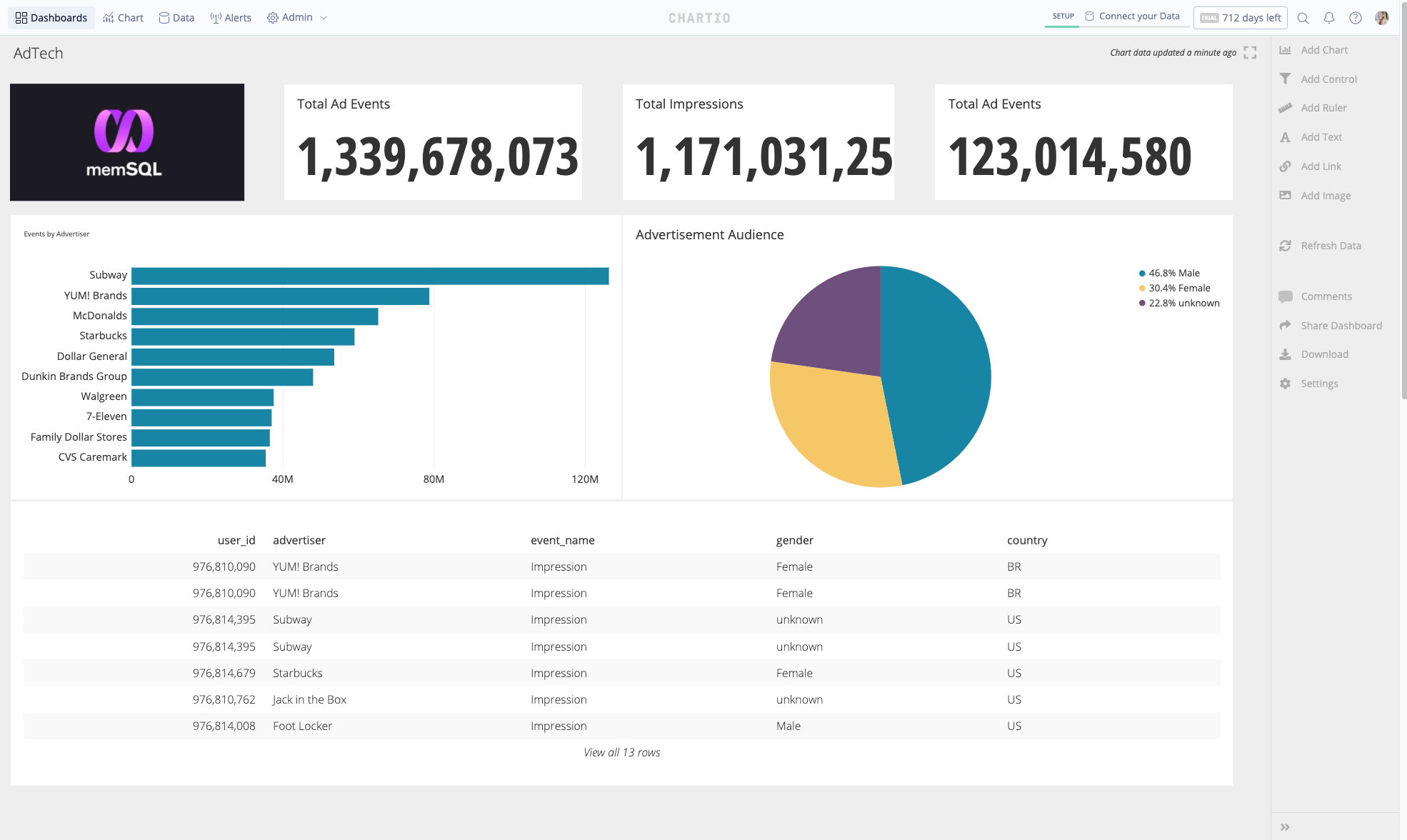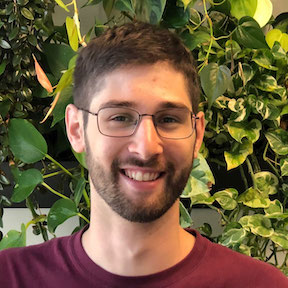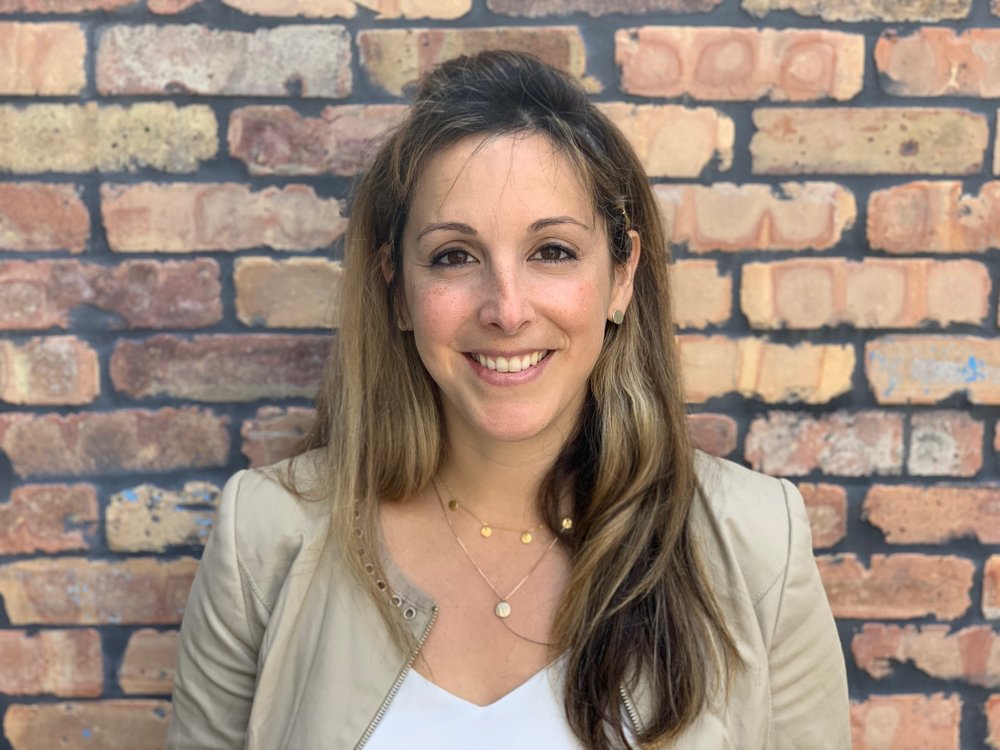In a generation, marketing has moved from being a profession of emotions to one of metrics. It’s as if Don Draper left the office and Harry Crane took over. At Chartio, we’re always catering to your desire to quantify marketing performance, but it’s good to remind ourselves that marketing is also about emotions.
Earlier this month, Chartio’s Sasha Blumenfeld interviewed Moz founder Rand Fishkin. And, although Moz certainly is numbers driven, it’s also clear that they seek good content and a great connection with their audience.
Rather than summarize the conversation, I wanted to explore some of the themes that ran through the conversation.
Authenticity is what Matters – If You Can Fake that, You’ve Got it Made
One of the elements of Moz’s code of TAGFEE (Transparent, Authentic, Generous, Fun, Empathetic, Exceptional) is authenticity, and this was a major theme of Sasha and Rand’s conversation.
Too much of what we think we know about SEO was discovered in 2003, according to Rand. Google has been changing constantly since then, and will change again in the next five years.
Rand emphasized that it’s not Moz’s top priority to convert visitors immediately. They don’t aggressively focus on conversions, the way that some other sites or “growth hackers” might. Moz avoids overlays, pop-unders, and even the loaded language that these operators employ to increase engagement.
“You can read our blog, consume our content, and try out tools without being promoted to pay for our services,” he said. He’s confident that you’ll eventually subscribe if you develop a relationship with Moz.
Moz’s authenticity extends to the way they manage their blog. Moz recently conducted a joint experiment with HubSpot , where both sites tried doubling their blog postings for three weeks, and also reducing the number of posts by half.
They found that doubling posts did increase engagement, and halving the number of posts didn’t increase quality. Rand couldn’t necessarily explain it, but it did seem that their current blogging cadence was one that they had evolved authentically over time and was now resistant to change.
Branding is Eclipsing Direct Marketing
After two decades of the ascendancy of direct marketing, branding is once again on the rise. Rand acknowledged that it’s difficult for direct marketers (including SEOs) to think in terms of brand.
But the rise of branding results from the Internet’s new status as the single most important platform for consumers. It is now both their key communications medium and increasingly their preferred buying channel.
Rand believes that brands will play a more important role not only in marketing, but in SEO. He noted that Google is already giving more weight to brands in search engine results. This will make it more difficult for relatively unknown sites to gain the attention of consumers above the clamor of the brands.
But he confessed that he’s a relative beginner in understanding how to build a brand. He knows that advertising plays a significant role in building brands, but that this is a long and uncertain process compared to creating a presence with SEO.
SEO Signals Will Come from Behavior, not Links
Rand noted that Google is collecting more information about user behavior from its Chrome browser and Android OS. It’s using this information to understand the level of engagement that users have with the information in search results.
Subtle behaviors, such as long clicks and user engagement with a site provide much clearer signals than the information in links. This information is also much more difficult to game than the links that made SEO such a buzzword in the mid-00s.
This trend will also give more power to well-known brands that are building on existing relationships with consumers.
Inbound Marketing Mistake: Prioritizing Conversions vs. Top of Funnel
Rand noted that the middle of the funnel, where visitors become subscribers is not where Moz places their emphasis. Moz is focused on bringing more visitors to the site through its content, tools, and search rankings.
The typical Moz subscriber will visit the site 7.5 times before signing up for a subscription, says Rand. Moz works to make its site interesting and useful to encourage visits and trial, but takes a relatively hands-off approach to conversions. Still, about half of their trial users convert to paid subscriptions.
This respectful approach to visitors may not work as well for a site that doesn’t have Moz’s strength in search rankings and engagement with even casual visitors.
Instead, Moz focuses its attention on top-of-funnel metrics, such as audience size, new visits, returning visits, social audience, engagement (e.g. comments), and creative/content targets.
SEO is a Process, not a Project
Rand says that too many people sign up for Moz expecting to fix or update their SEO and then drop off when they think they’re “done”.
He feels that once you’ve addressed the basic SEO needs of your marketing strategy, you will need to continually improve your performance and adapt to changes in competition and Google’s algorithm.
No business discipline is evolving faster than digital marketing and those who can’t adapt to the new environment are unlikely to survive. But our interview with Rand reminded us that it’s not just a numbers game.
Watch our full interview with Rand Fishkin


